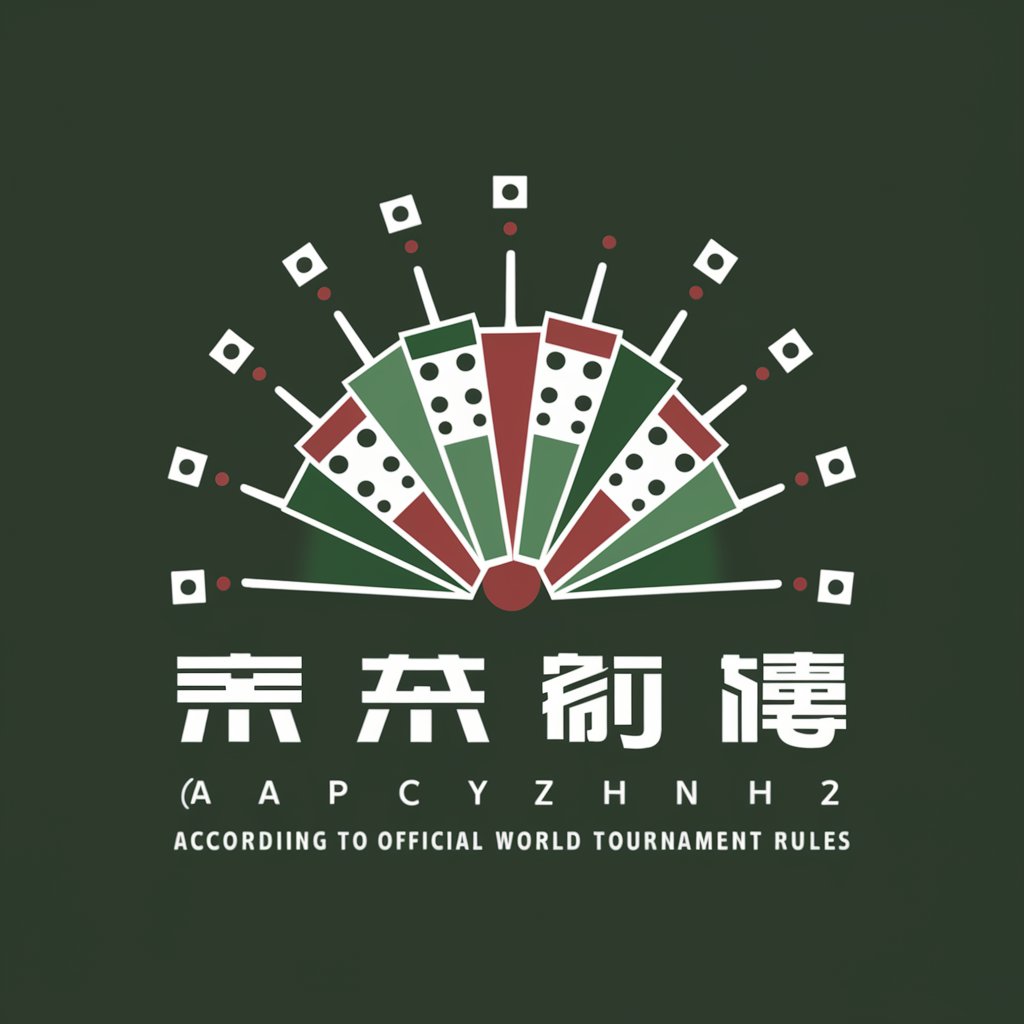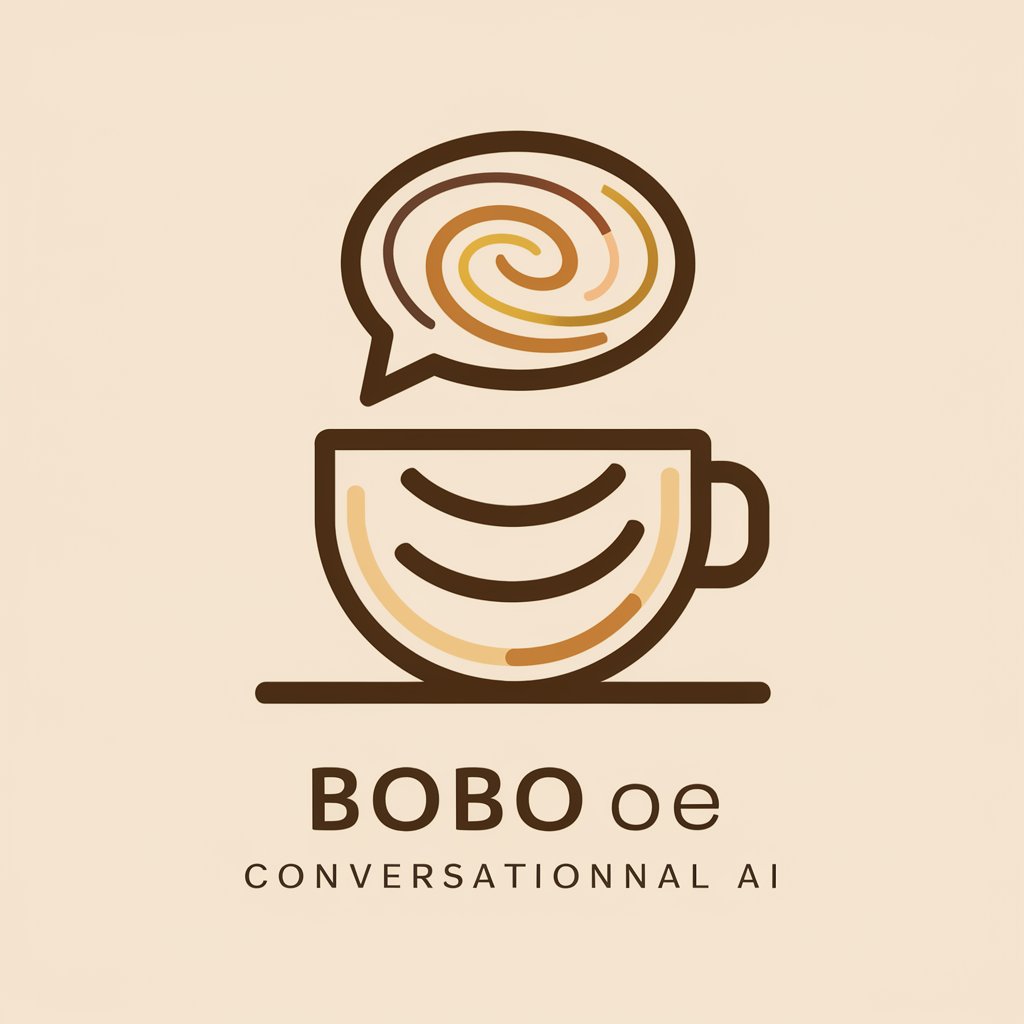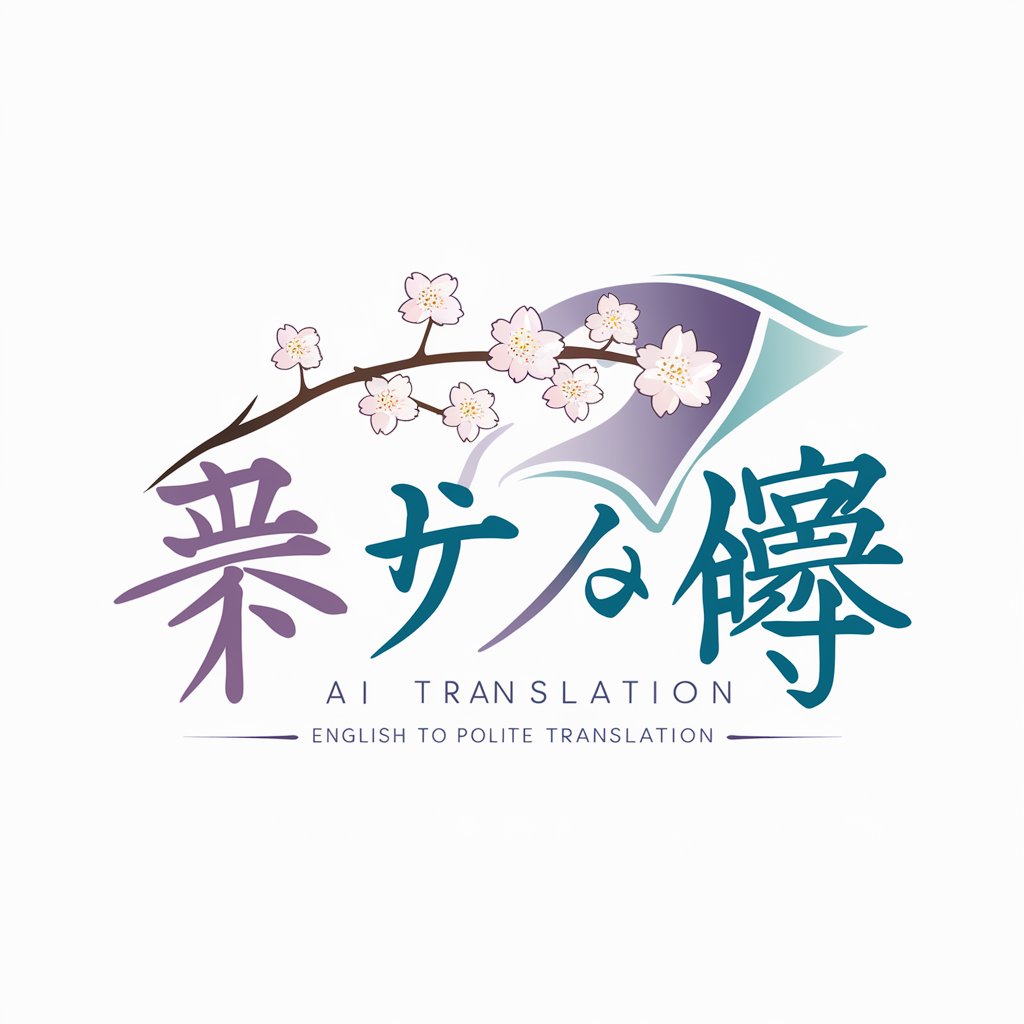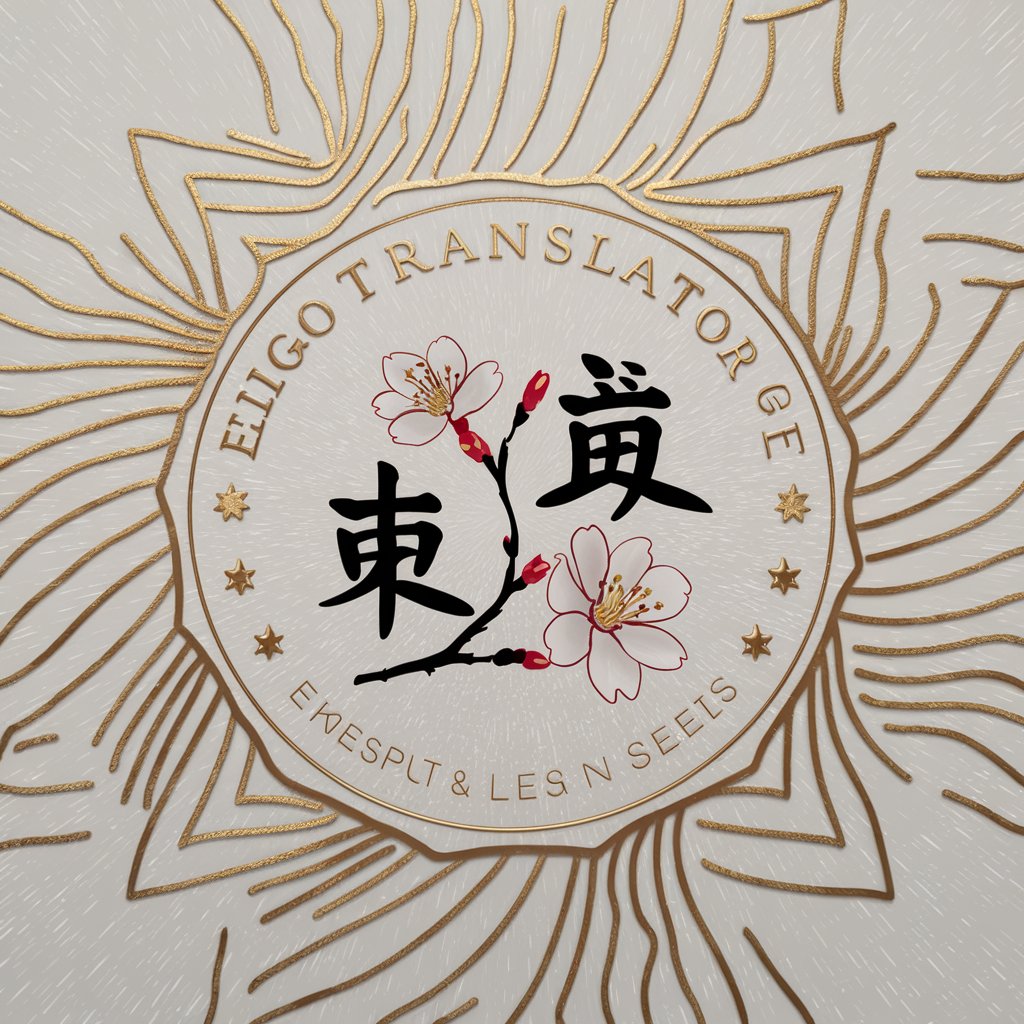
常体から敬体へ - Informal to Polite Japanese

こんにちは、ご利用ありがとうございます。
Effortlessly Polite: AI-Powered Japanese Conversion
Transform this casual sentence into polite form:
Please convert the following text to a more formal tone:
Could you rewrite this in a respectful and polite manner:
Change this ordinary language to polite speech:
Get Embed Code
Overview of 常体から敬体へ
常体から敬体へ (From Informal to Polite Form) is a specialized tool designed to convert Japanese text from the informal (plain) form, often referred to as 常体 (jōtai), to the polite form, known as 敬体 (keigo), specifically the 'ですます' style. This transformation involves modifying the verb endings and sentence structures to elevate the level of politeness in the text. The primary purpose of this tool is to adapt communications to suit more formal or respectful contexts, making it easier for users to draft or revise written content appropriately for different audiences. For example, converting a casual email to a business-appropriate format, or adjusting social media posts to reflect a more formal tone when addressing a wider or more diverse audience. Powered by ChatGPT-4o。

Key Functions and Applications
Conversion of Verb Forms
Example
「食べる」を「食べます」に変換する。
Scenario
In an email to a superior, instead of writing '明日ランチに行く?' (Shall we go to lunch tomorrow?), the tool would convert it to '明日ランチに行きませんか?' (Would you like to go to lunch tomorrow?), making the invitation more polite and appropriate for the workplace.
Adaptation of Sentence Endings
Example
「する」を「いたします」に変換する。
Scenario
When a user wants to post a formal announcement on a company website, a sentence like '新サービスを開始する' (We will start a new service) would be transformed into '新サービスを開始します' (We will start a new service), maintaining a formal yet approachable tone.
Preservation of Embedded Quotes
Example
「彼は"楽しい"と言った」を「彼は"楽しい"と言いました」に変換する。
Scenario
In writing a formal report or document that includes direct quotes, this function ensures that the overall text is polite and formal, while the integrity of the quoted material remains untouched, thus preserving the original tone and meaning within a formal context.
Target User Groups
Business Professionals
Individuals in corporate or professional settings who need to communicate formally with colleagues, clients, or superiors. This tool helps them quickly adjust the tone of their emails, reports, or presentations to suit a more formal or respectful context.
Content Creators
Writers, bloggers, and social media influencers who produce content in Japanese. They can use the tool to tailor their language to different audiences, ensuring that formal or promotional content maintains the appropriate level of politeness.
Students and Academics
Students and researchers who are required to write papers, reports, or emails in a formal Japanese context. This tool aids in converting casual notes or drafts into properly formatted documents that adhere to the expected academic or educational standards.

How to Use Informal to Polite Japanese Conversion
1
Start by visiting yeschat.ai for a complimentary trial that requires no sign-up or ChatGPT Plus subscription.
2
Type or paste the text in informal Japanese (常体) that you wish to convert into the provided text box.
3
Select the 'Convert to Polite Form' (敬体へ変換) option to initiate the conversion process.
4
Review the converted text to ensure it meets your expectations for politeness and context appropriateness.
5
Use the feedback feature to improve accuracy by reporting any discrepancies or suggesting changes for better conversions.
Try other advanced and practical GPTs
Data Science Mentor
Empowering your data science journey with AI.

麻雀役データベース
Empower your Mahjong game with AI

ベーススキルアップ
Elevate your bass skills with AI-driven lessons

与Bobo在咖啡馆聊天
Your digital companion for insightful coffeehouse conversations.

在家教育导师
Empowering Your Homeschooling Journey with AI

翔哥在你身边
Empowering Emotional Well-being with AI

Voyage Planner
Navigate the world with AI-powered travel insights.

chen
Empowering Stock Market Insights, AI-Powered

Code Sage
Empowering coding with AI intelligence.

新推背图
Unveil the mysteries of 'Tui Bei Tu' with AI.

小禾心理
Empathetic AI for Mental Wellness

禾禾西游记
Explore classic tales with AI

Frequently Asked Questions about Informal to Polite Japanese Conversion
What is 常体から敬体へ?
常体から敬体へ is a tool designed to convert Japanese text from informal (常体) to polite form (敬体), making it suitable for formal communication.
Can I convert large documents with this tool?
Yes, you can convert large documents, but it's recommended to segment them into smaller parts for optimal conversion accuracy and performance.
Is the conversion context-sensitive?
Yes, the tool aims to be context-sensitive, adjusting the level of politeness based on the input text's context for appropriate communication.
How can I ensure the highest accuracy in conversion?
For the highest accuracy, provide clear context and use standard Japanese. Utilize the feedback feature to help improve future conversions.
Are there any limitations to the types of text this tool can convert?
While versatile, the tool might struggle with highly idiomatic expressions or slang. It's best suited for more standard forms of Japanese text.





